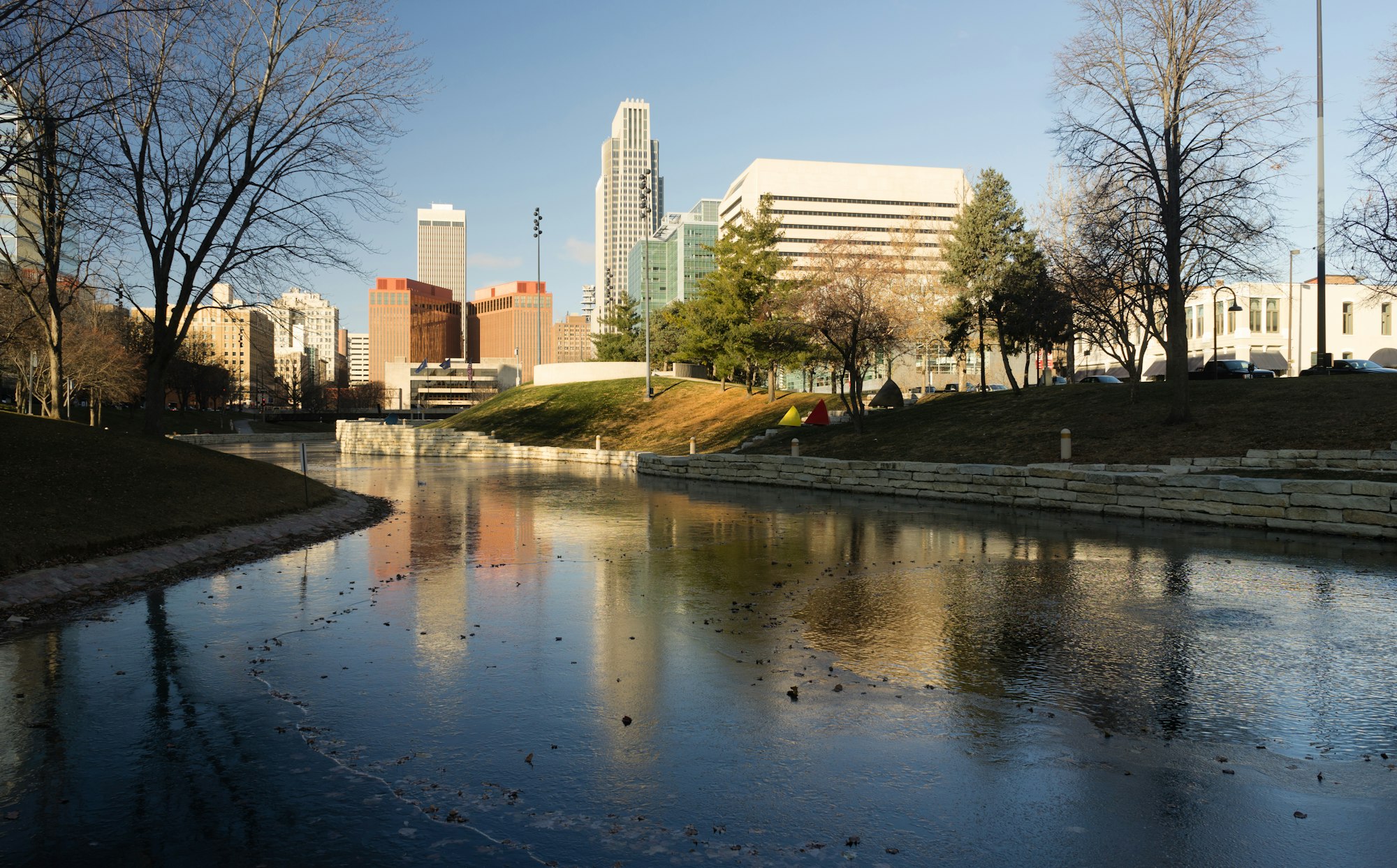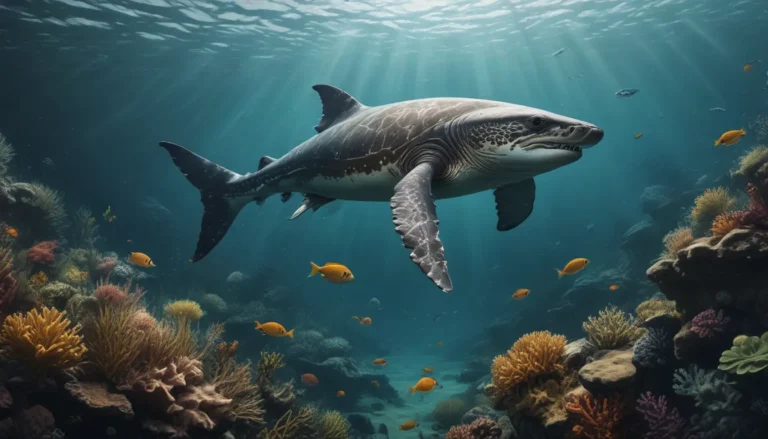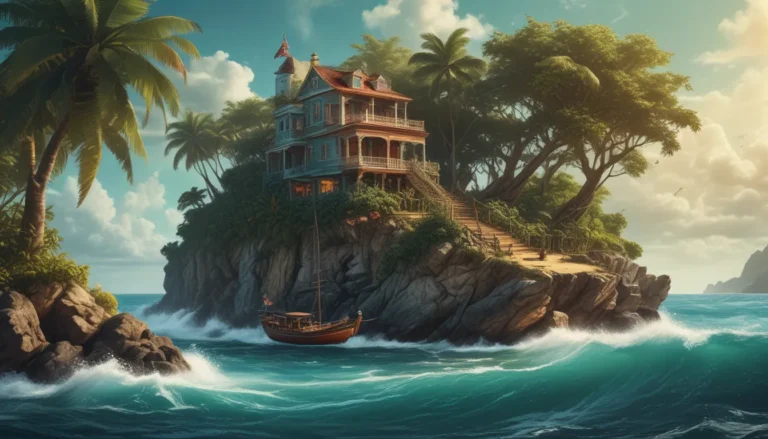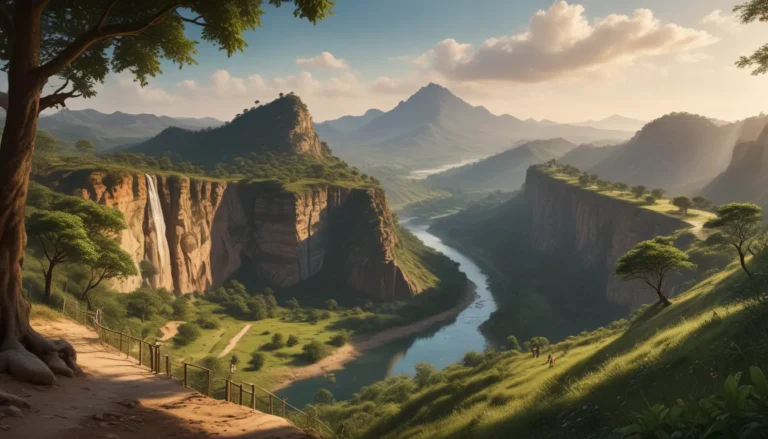The pictures we use in our articles might not show exactly what the words say. We choose these pictures to make you interested in reading more. The pictures work together with the words but don’t take their place. The words still tell you the important facts.
Introduction
The Missouri River, often referred to as the "Big Muddy," is a majestic waterway that has shaped the landscape and history of North America for millennia. As the longest river in North America, stretching an impressive 2,341 miles (3,767 km), the Missouri River plays a crucial role in the continent's geography, ecology, and economy.
From its origins in the Rocky Mountains of Montana to its confluence with the Mississippi River near St. Louis, the Missouri River carves a path through diverse landscapes, telling a story of natural wonder and human ingenuity. This article delves into the most intriguing facts about Missouri River, exploring its historical significance, environmental impact, and ongoing importance to the regions it traverses.
Key Takeaways
Fascinating Facts About Missouri River
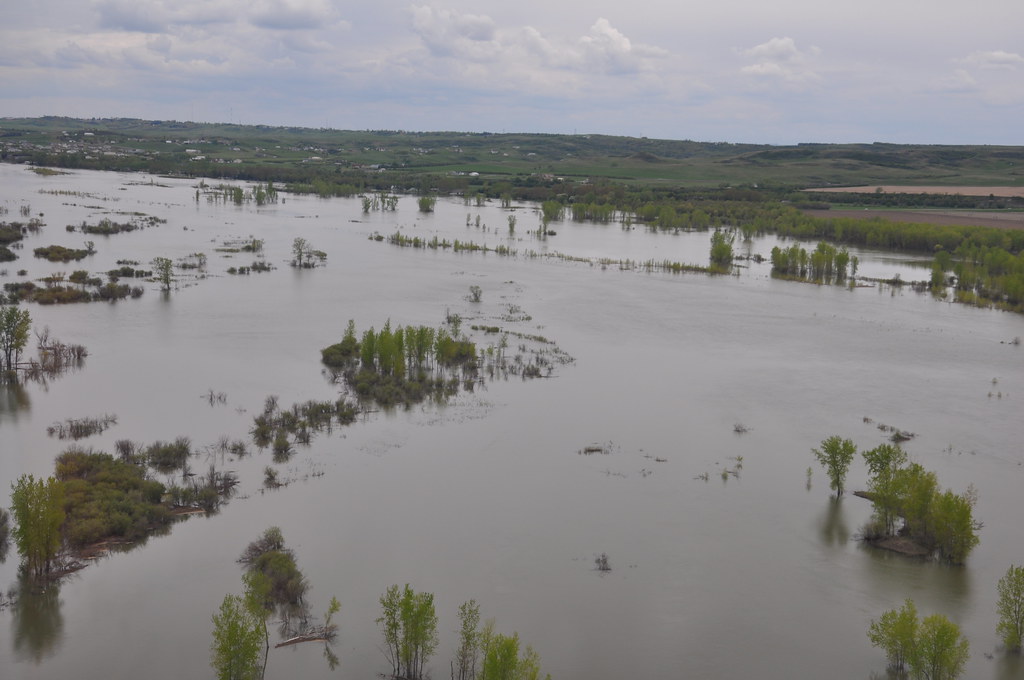
1. Record-Breaking Length
The Missouri River holds the title of North America's longest river, stretching an impressive 2,341 miles from its source to its mouth. When combined with the lower Mississippi River, it forms the fourth-longest river system in the world, showcasing its immense scale and importance.
2. Expansive Drainage Basin
Covering an area of over 500,000 square miles (1,300,000 km²), the Missouri River basin is a vast network that includes parts of ten U.S. states and two Canadian provinces. This extensive reach demonstrates the river's significant influence on the North American landscape.
3. Historical Significance
For over 12,000 years, Native American tribes have relied on the Missouri River for sustenance and transportation. The river later played a pivotal role in the Lewis and Clark expedition of 1804-1806, marking a crucial chapter in the westward expansion of the United States.
4. Nickname Origin
The Missouri River's nickname, "Big Muddy," stems from the large amount of sediment it historically carried. This characteristic not only gave the river its distinct appearance but also contributed to the fertility of the surrounding lands.
5. Dam Development
The main stem of the Missouri River is home to 15 major dams, highlighting the extensive human intervention in its natural flow. These dams serve multiple purposes, including flood control, irrigation, and hydroelectric power generation.
6. Environmental Impact
Development along the Missouri River has reduced its length by almost 200 miles (320 km) from pre-development times. This alteration has had significant effects on wildlife habitats, fish populations, and overall water quality in the region.
7. Economic Importance
The Missouri River basin is an agricultural powerhouse, containing about one-fourth of all agricultural land in the United States. It provides more than one-third of the country's wheat, flax, barley, and oats, underscoring its crucial role in American agriculture.
8. Flooding Patterns
Before the construction of dams, the Missouri River experienced two annual floods known as the "April Rise" and the "June Rise." These natural cycles played a vital role in the river's ecosystem and the surrounding landscape.
9. Climate Change Impact
In recent years, climate change has been increasing the frequency and severity of flooding along the Missouri River. This trend poses new challenges for river management and the communities living along its banks.
10. Name Origin
The name "Missouri" originates from the Missouri tribe, meaning "people with wooden canoes." This name reflects the deep connection between the river and the indigenous peoples who have lived along its shores for thousands of years.
Frequently Asked Questions About Missouri River
How long is the Missouri River?
The Missouri River is 2,341 miles (3,767 km) long, making it the longest river in North America.
Which states does the Missouri River flow through?
The Missouri River flows through or borders seven U.S. states: Montana, North Dakota, South Dakota, Nebraska, Iowa, Kansas, and Missouri.
What is the main purpose of the dams on the Missouri River?
The dams on the Missouri River serve multiple purposes, including flood control, irrigation, hydroelectric power generation, and water supply for nearby communities.
How has the Missouri River impacted American history?
The Missouri River played a crucial role in Native American history, the Lewis and Clark expedition, and the westward expansion of the United States during the 19th century.
What are the main environmental challenges facing the Missouri River today?
The main environmental challenges include habitat loss due to dam construction, water quality issues, and increased flooding risks associated with climate change.
Conclusion
The Missouri River stands as a testament to the power of nature and the impact of human development. From its role in shaping the North American landscape to its ongoing importance in agriculture and energy production, the Big Muddy continues to be a vital artery of life and commerce in the heart of the continent.
As we face the challenges of climate change and environmental conservation, the future of the Missouri River remains a topic of great importance. Balancing the needs of human communities with the preservation of this natural wonder will be crucial in ensuring that the Missouri River continues to flow, not just as a waterway, but as a living legacy for generations to come.
